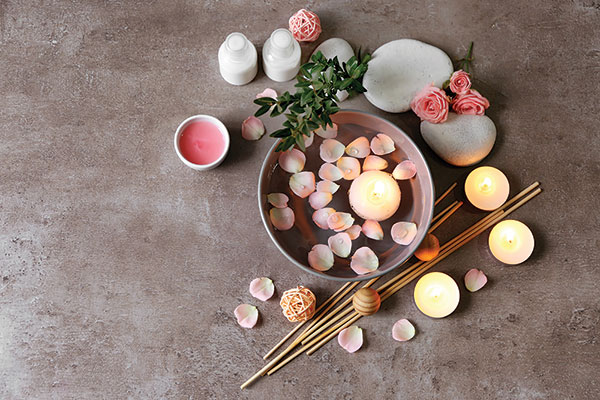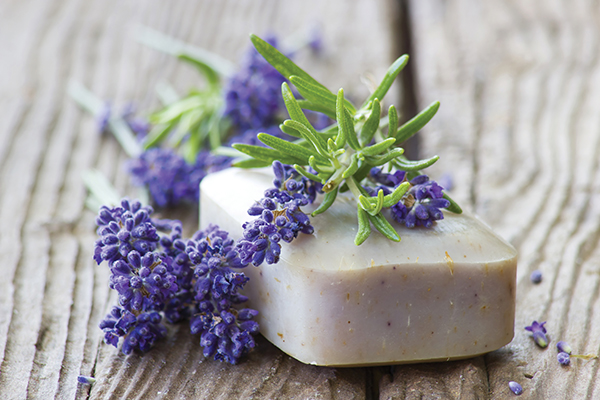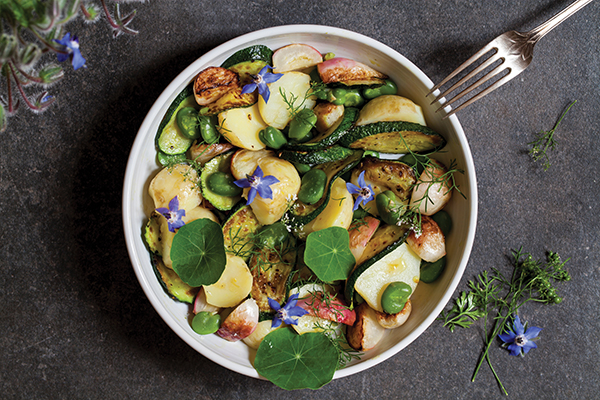Beyond the aesthetic beauty of flowers, they also offer plenty of health benefits. Read on to learn the many uses of florals that range from improving sleep quality, to treating anxiety and depression, among other home remedies.
1. Sunflowers
Sunflowers aren’t just striking; they also have a long history of being used in home remedies. Sunflowers vary in size and shape, from those with small, clustered flower heads seen by the side of the road, to those with single stalks and massive heads that supply sunflower seeds. Native Americans used sunflowers for respiratory ailments such as bronchitis, lung infections and pleurisy. A natural emollient, sunflower seed oil is used in haircare products to smooth strands and leave tresses shiny and moisturized. Kiehl’s offers a line of sunflower-enhanced options including color-preserving shampoo, conditioner and hair mask. kiehls.com

2. Roses
Prized for millennia for their intoxicating scent and soft petals, roses appear in a wide variety of creams, oils and lotions. Ancient Egyptians used boiled roses in perfume oils. Rosewater, which is made by steeping rose petals in distilled water, adds moisture to the skin, making it appear more smooth and supple. Luxury skin care and cosmetics manufacturer Chantecaille Beauté offers a range of Rose infused products in its “Rose de Mai Collection,” which promote a more radiant visage. chantecaille.com

3. Lavender
Lavender, frequently recognized for its calming ability, can quell the mind and enhance sleep quality. A myriad of beauty products, including soap, shaving cream, face and body oils, and hair mists contain this pale purple herb. Indigenous to North Africa and mountainous Mediterranean areas, lavender oil also contains antiseptic and anti-inflammatory properties that promote the healing of minor cuts and bug bites. Studies also suggest that it can assist in treating several mental disorders such as insomnia, depression and anxiety. perlier.com

4. Borage Blossoms
Also known as “starflower,” borage blossoms are an annual herb, meaning that it completes its lifecycle in one growing season. This star-clustered, edible flower hails from the Mediterranean region and is a good source of vitamins and minerals. Chefs use borage blossoms as a colorful garnish in soups and salads, while bartenders adorn cocktails with it. Borage blossoms taste similar to cucumber, which is perhaps why the ancient Greeks and Romans extolled its use. Gardeners can cultivate borage blossoms in their own backyard. edenbrothers.com
To read more on flora, check out Volume 9, Issue 2 of Luxury Portfolio Magazine.
